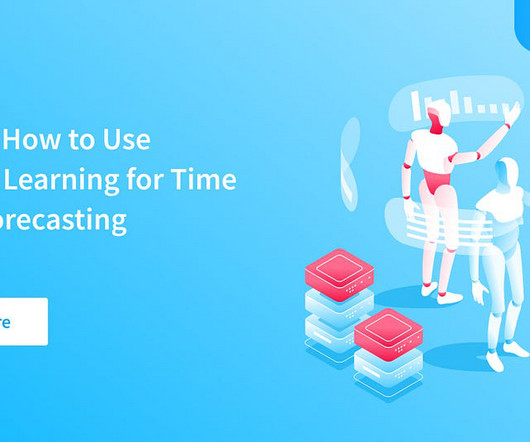Ever wonder what makes machine learning effective?
Dataconomy
AUGUST 31, 2023
Machine learning models have already started to take up a lot of space in our lives, even if we are not consciously aware of it. Embracing AI systems and technology day by day, humanity is experiencing perhaps the fastest development in recent years. You want an example: ChatGPT, Alexa, autonomous vehicles and many more on the way.











Let's personalize your content